Deck & Commander Strategies
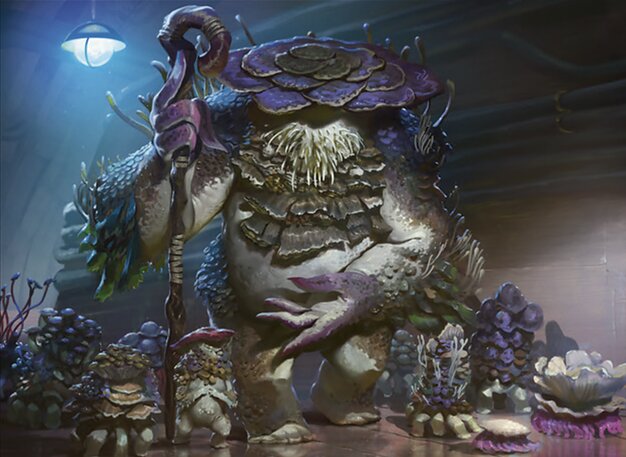
Slimefoot, the Stowaway
Utilizes sacrificing saproling tokens generated from creatures and spells to drain opponents’ life totals while gaining card advantage. Kadena’s morph and city’s blessing enable free creature casts and increased combat damage, accelerating board presence and synergy.

Mogis, God of Slaughter
Focuses on dealing damage to all players each upkeep and encouraging sacrifice effects. Uses board wipes and damage triggers to control the board and slowly grind down opponents.

Morophon, the Boundless
Leverages tribal synergies and ramp spells to deploy powerful threats quickly. Uses card draw engines like Elemental Bond and mana acceleration to maintain pressure and recover from board wipes.
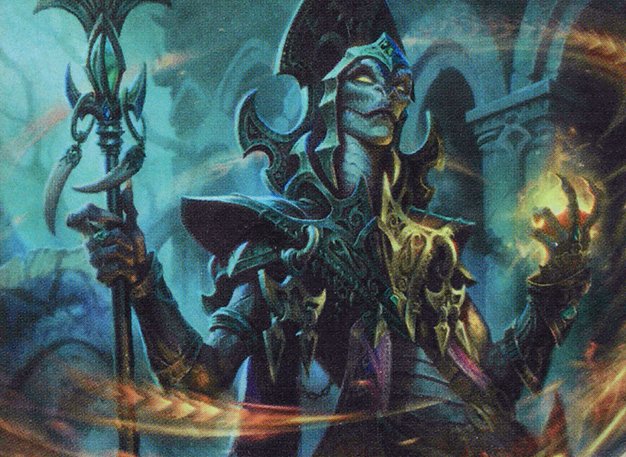
Kadena, Slinking Sorcerer
Enables casting morph creatures for free to generate card advantage and tempo. Works well with spells that trigger on morph or creature entry, building a resilient and aggressive board.
Gameplay Insights
- 1
Mogis's constant damage to all players each upkeep forced careful life total management and influenced pacing and risk-taking decisions throughout the game.
- 2
Slimefoot’s player maximizing Kadena’s morph ability to cast creatures for free provided strong card advantage and board development despite damage from Mogis and other sources.
- 3
The use of Hour of Devastation by Mogis’s pilot was a pivotal board reset that stalled aggressive strategies and reshaped player plans.
- 4
Council's Judgment was used strategically to remove key artifacts and enchantments, disrupting opponents' mana acceleration and combos.
- 5
Expropriate’s casting and the acquisition of extra turns and powerful permanents was a major momentum shift that allowed Slimefoot’s player to extend their board dominance.
- 6
Players carefully balanced taking damage from Mogis and Zo-Zu triggers with maintaining board presence and casting impactful spells.
- 7
The synergy between sacrifice triggers from Mogis and token generation from Ugin and Slimefoot created a resilient engine for incremental advantage.
- 8
Morophon’s pilot demonstrated disciplined mana and card draw sequencing to recover after board wipes, highlighting the importance of ramp and tribal synergy in longer games.
Notable Cards
-
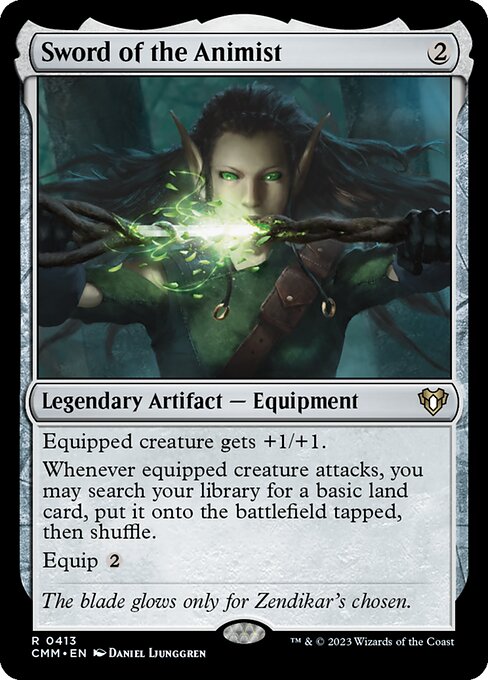
Sword of the Animist
-
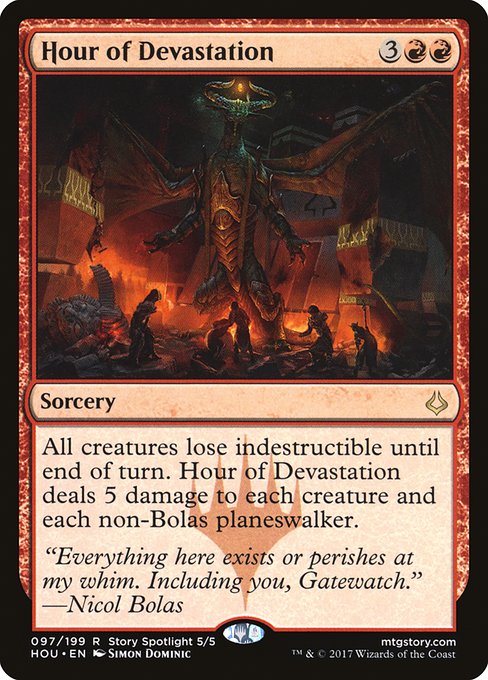
Hour of Devastation
-

Consecrated Sphinx
-

Expropriate
-
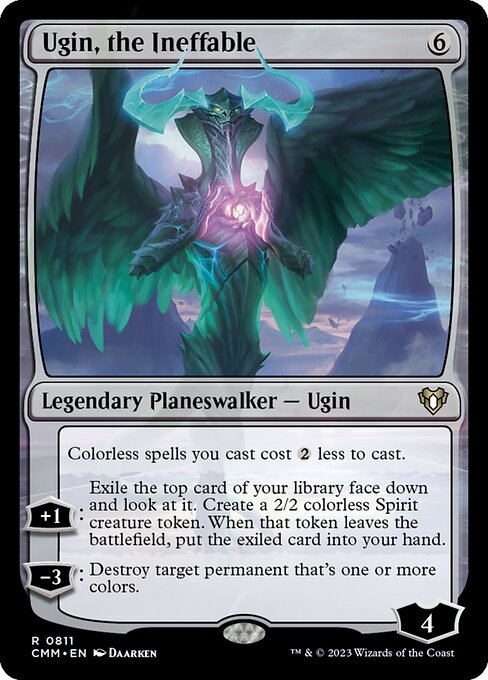
Ugin, the Ineffable
-
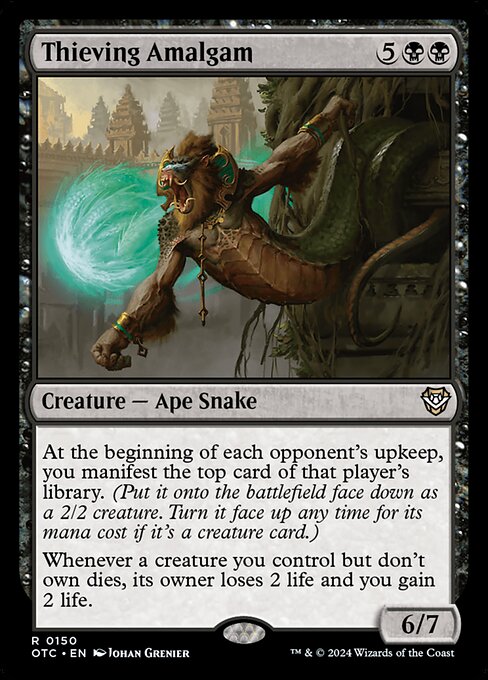
Thieving Amalgam
-

Fabled Passage
-

Zo-Zu the Punisher
-
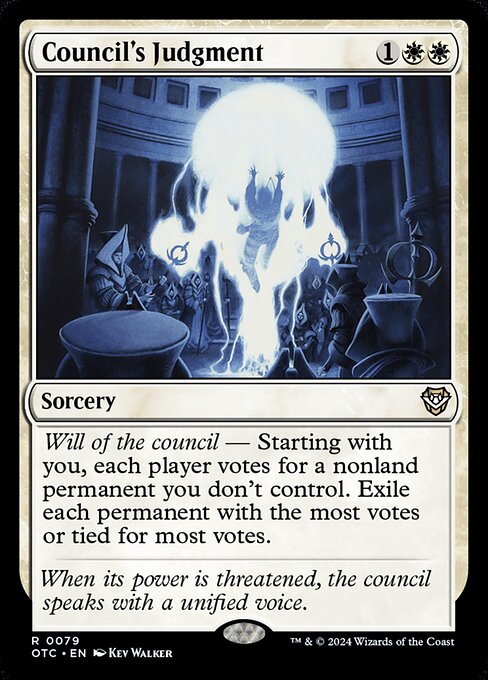
Council's Judgment
-
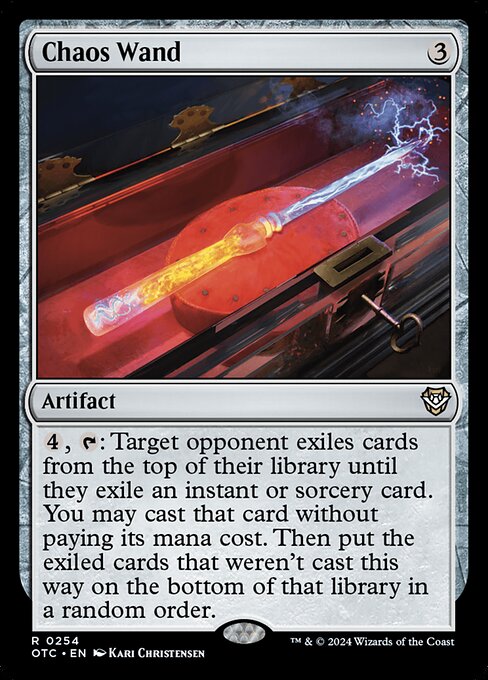
Chaos Wand
-
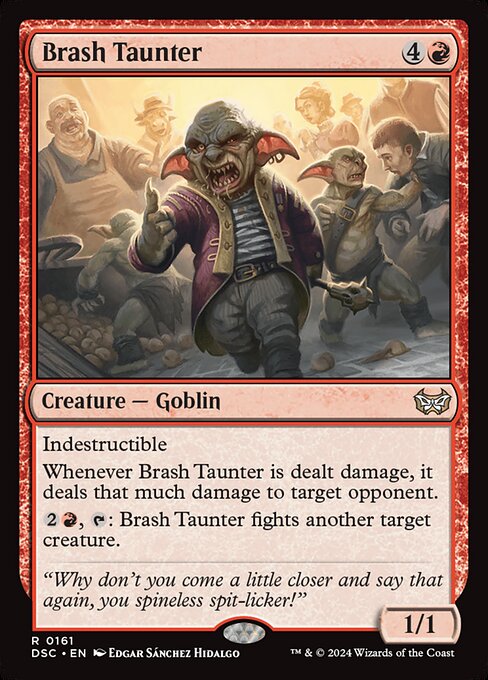
Brash Taunter
-
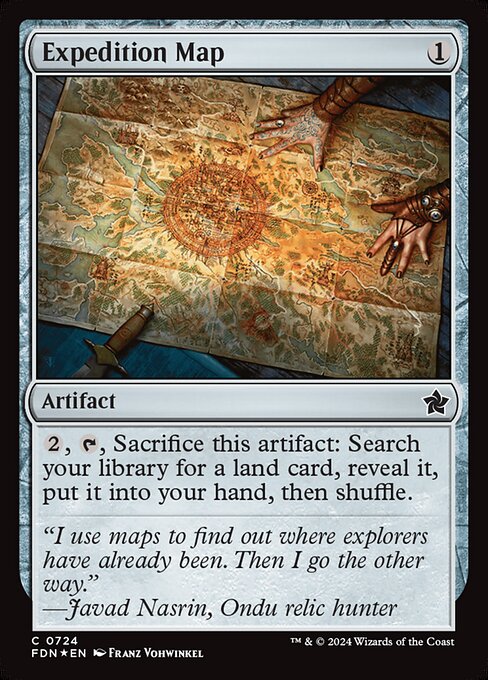
Expedition Map
-
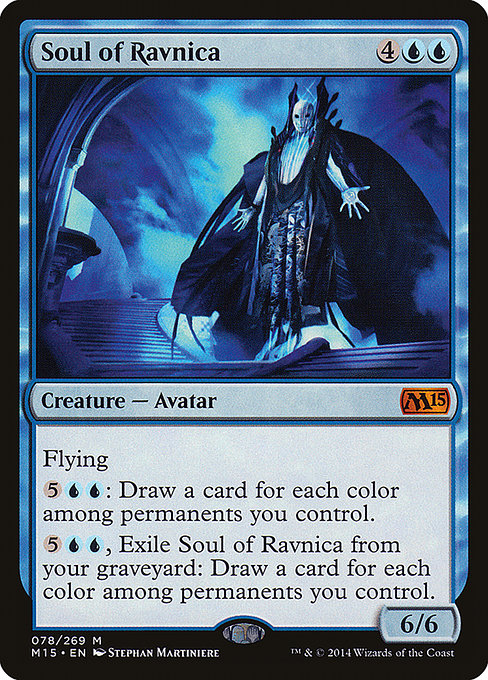
Soul of Ravnica
-
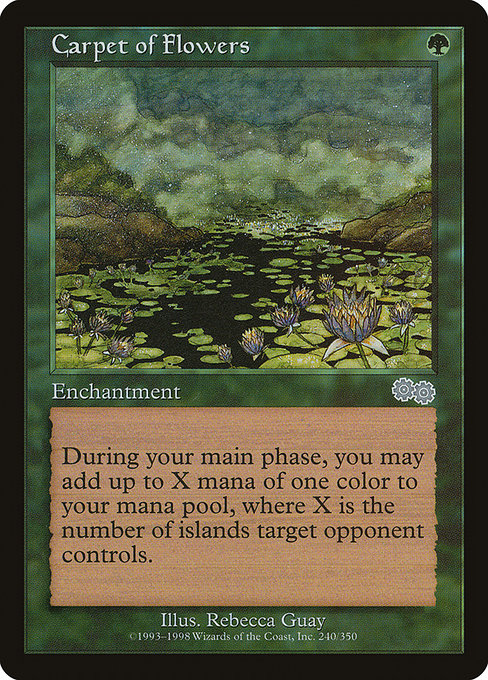
Carpet of Flowers
-

Ancient Tomb
-
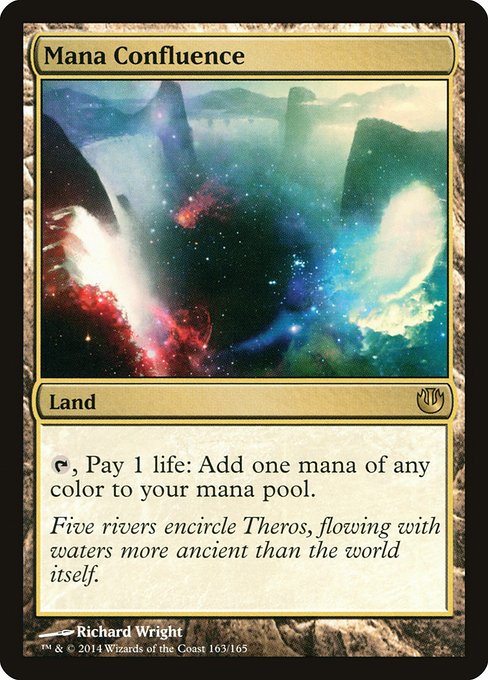
Mana Confluence
Gameplay Summary
The game began with players establishing their mana bases and early board presence, with Mogis steadily applying pressure by dealing damage to all players during upkeeps.
Slimefoot's player utilized Kadena's ability to cast free morph creatures, gaining card advantage and board presence while building towards a city’s blessing to increase combat damage.
Early interaction included removal spells, sacrifice effects, and strategic board wipes like Hour of Devastation from Mogis’s pilot, resetting the board and forcing players to rebuild.
Morophon’s pilot used ramp and card draw engines like Elemental Bond and Carpet of Flowers to recover quickly, casting impactful threats such as Consecrated Sphinx and Soul of Ravnica.
The presence of commanders like Slimefoot and Morophon encouraged aggressive board development and synergistic creature strategies, while Mogis’s constant damage and sacrifice themes pushed a slower, attrition-based game pace.
A critical turning point was the use of Council's Judgment to exile key artifacts and enchantments, disrupting player resources and enabling further board control.
The Slimefoot deck leveraged Kadena's free morph casts and Ugin’s token generation to maintain tempo, while also capitalizing on Mogis’s sacrifice triggers and damage to fuel the strategy.
Near the midgame, Slimefoot’s player successfully cast Expropriate, gaining an extra turn and seizing key permanents from opponents, significantly swinging momentum.
The game was characterized by careful resource management, damage mitigation, and timely removal, ultimately highlighting the interplay between aggressive sacrifice damage, card advantage engines, and board resets.



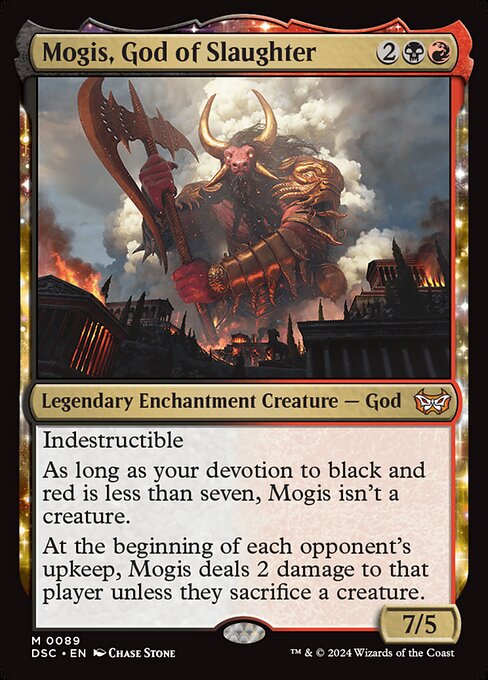































![Gavi vs Mogis vs Alela vs Kadena [EDH/Commander Gameplay] 2020 thumbnail](https://i.ytimg.com/vi/6T6ss2XZPlU/sddefault.jpg)

![Commander VS S4E7: Ruric Thar vs Mogis vs Norin vs Jeleva [MTG: Multiplayer] thumbnail](https://i.ytimg.com/vi/7F4SvJRIyDs/sddefault.jpg)
![Commander VS S1E6: ??? vs ??? vs ??? vs ??? [MTG Multiplayer] thumbnail](https://i.ytimg.com/vi/Zdk_0-b6KmE/sddefault.jpg)
![Xyris vs Grimgrin vs Mogis vs Illuna [EDH Gameplay] 2020 thumbnail](https://i.ytimg.com/vi/pHo2vOPZ0vg/sddefault.jpg)
![Sharuum vs Grimgrin vs Mogis vs Kynaios and Tiro [EDH Gameplay] 2020 thumbnail](https://i.ytimg.com/vi/QpJrr_CcH2M/sddefault.jpg)


![Commander VS S13E7: Tolsimir Wolfblood vs Slimefoot vs Queen Marchesa vs Tajic [EDH] thumbnail](https://i.ytimg.com/vi/9vSts7GdaqU/sddefault.jpg)
